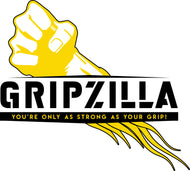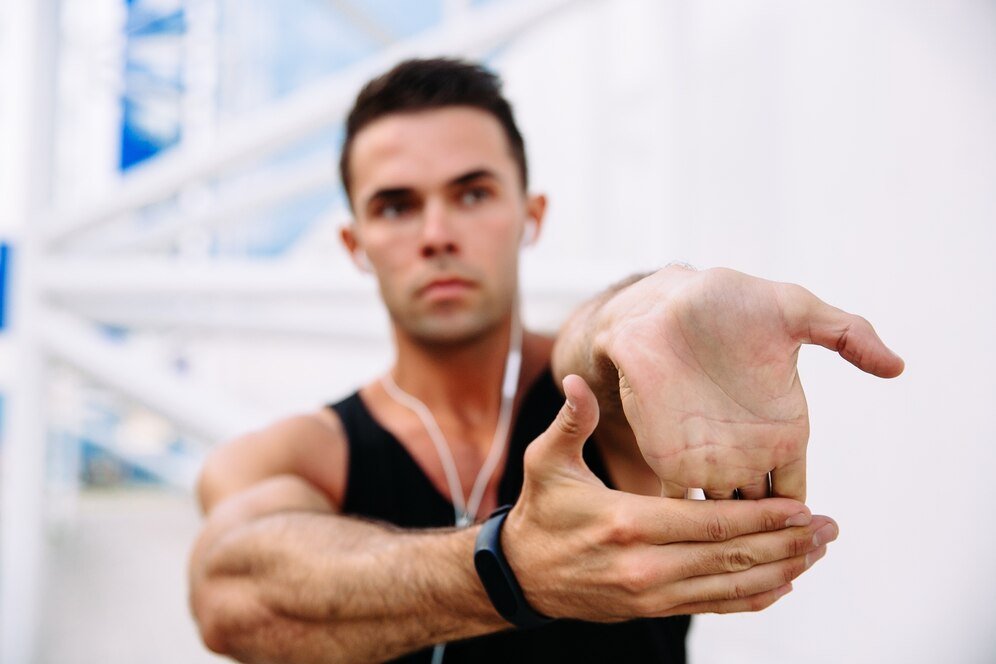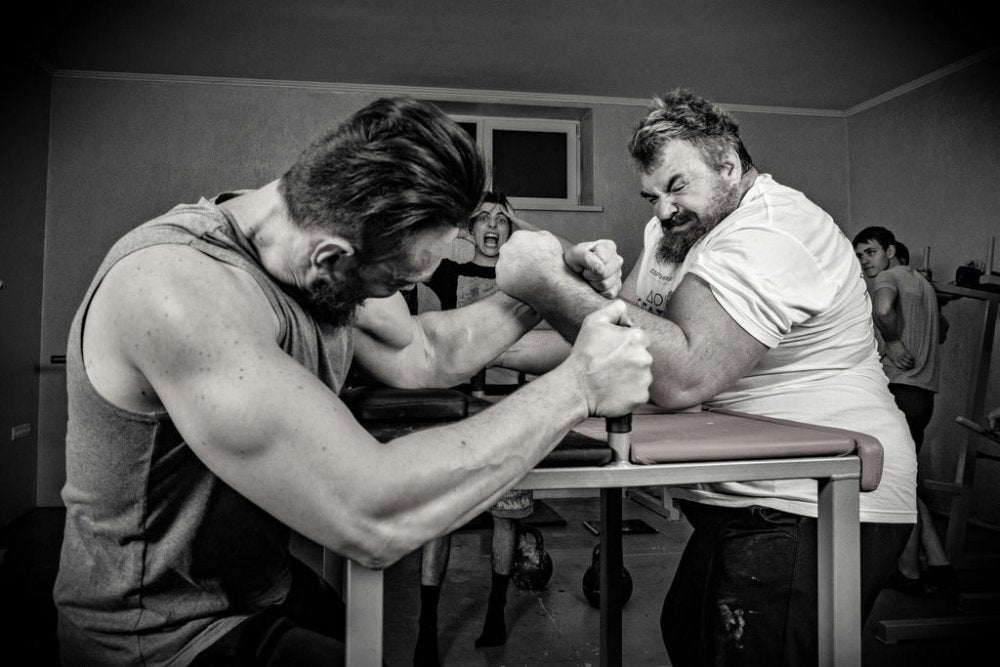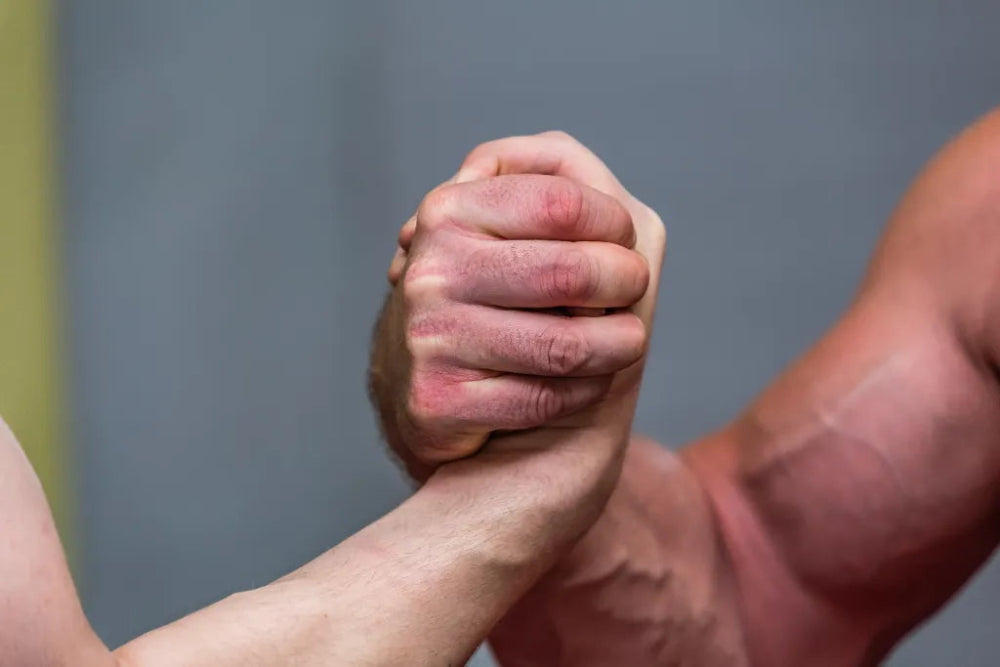You don’t realize how much your wrist does for you, until it stops working.
One wrong move, one fall, one overuse moment… and suddenly, turning a doorknob stings. Gripping a coffee mug feels risky. Even scrolling your phone is a reminder that something’s not right.
If you’re here, you’re not just looking for “rehab exercises.” You want your strength back, not just to heal, but to trust your hands again.
I’ve seen countless people go through it like athletes, desk workers, lifters, even parents who just wanted to carry groceries without wincing.
The good news? You can rebuild your wrist from weak and hesitant to stable, powerful, and pain-free — if you train it the right way.
Let’s rebuild you from the wrists up.
Understanding Wrist Recovery After Injury
Your wrist isn’t just one joint, it’s a complex structure of bones, tendons, and ligaments working in harmony.
When one part is injured (from overuse, a fall, or repetitive motion), everything around it tightens or weakens.
The biggest mistake people make? Jumping straight back into heavy lifting or daily tasks before the joint is ready.
That leads to chronic issues like tendonitis, carpal tunnel pain, or reduced grip strength.
Wrist Rehabilitation Exercises for Safe Recovery
Start slow. Think of this phase as teaching your wrist how to move again.
- Wrist rotations: Gently roll your wrists in circles for 30–60 seconds to increase blood flow.
- Flexion and extension: Move your hand up and down at the wrist joint. Stop before pain.
- Towel squeezes: Roll up a towel, squeeze it, and hold for five seconds. Repeat 10 times.
- Grip work: Once pain subsides, add light resistance. This builds foundational strength in your fingers, forearms, and tendons.
These simple moves improve circulation and help the tissue remodel naturally. If stiffness or tingling shows up, reduce the range of motion but stay consistent.
Forearm and Wrist Strengthening at Home
 Once the joint feels mobile again, you can start building strength. The forearm muscles play a huge role in wrist health as they stabilize every movement you make.
Once the joint feels mobile again, you can start building strength. The forearm muscles play a huge role in wrist health as they stabilize every movement you make.
Here’s where the Gripzilla Gripper Rings come in handy. These silicone rings come in different resistance levels, so you can start light and gradually move up as your strength returns.
They’re compact, quiet, and perfect for micro-workouts throughout the day.
Try this:
- Squeeze a light resistance ring for 10 reps.
- Hold the last squeeze for 3 seconds.
- Switch hands and repeat.
You can do this while working, watching TV, or during breaks. It’s simple, pain-free progress that reactivates the muscles supporting your wrist.
Improving Wrist Mobility After Injury
 A stiff wrist limits strength, no matter how strong your grip gets. Mobility training helps restore smooth, pain-free movement.
A stiff wrist limits strength, no matter how strong your grip gets. Mobility training helps restore smooth, pain-free movement.
One of the best tools for this stage is the Gripzilla Tornado, a friction-based trainer that uses rotational resistance.
By spinning and controlling both handles, you build pronation and supination strength, the twisting motion your wrist uses for everything from turning doorknobs to lifting weights.
Start with the lowest resistance setting and focus on control, not speed. This engages the smaller stabilizer muscles around your wrist and forearm, rebuilding coordination and balance.
Strengthening Tendons and Ligaments
Tendons heal slower than muscles, and they’re often the real source of wrist weakness after an injury.
The Tornado’s adjustable friction is excellent for this. Slow, controlled twists encourage collagen rebuilding, the same process physical therapists use for tendon repair.
You can pair this with light stretching:
- Extend your arm palm-down.
- With the other hand, gently pull your fingers back until you feel a mild stretch.
- Hold for 20 seconds.
This simple habit keeps tendons elastic and strong, reducing the risk of reinjury.
Preventing Future Wrist Injuries
 Once your wrist feels stronger, your next mission is bulletproofing it. Most injuries return when strength and flexibility aren’t balanced.
Once your wrist feels stronger, your next mission is bulletproofing it. Most injuries return when strength and flexibility aren’t balanced.
Here’s what to focus on:
- Don’t skip warmups. Rotate your wrists before lifting or typing.
- Strengthen both flexors (closing the hand) and extensors (opening it).
- Add rotational and grip training at least twice a week.
The Gripzilla Dynamo helps bridge this gap beautifully. Unlike old-school wrist rollers, it doesn’t rely on dangling weights or ropes.
Its built-in resistance lets you train wrist curls, reverse rolls, and rotational control in one smooth motion.
Even five minutes a day keeps your wrists resilient.
Managing Wrist Pain During Recovery
Mild soreness is normal when reintroducing movement, but sharp or burning pain means your tissue isn’t ready for that load. Adjust resistance, reduce volume, and give your wrist time to adapt.
Icing the area for 10–15 minutes after exercise can help reduce inflammation.
If your pain persists beyond mild discomfort, it’s smart to consult a physical therapist or doctor. The earlier you address imbalances, the faster you recover.
Using Progressive Resistance for Long-Term Gains
Progress is all about gradual overload like tiny steps that add up over time.
That’s why adjustable tools like the Tornado or Dynamo are ideal. You can start at minimal tension and scale up week by week.
Static tools (like fixed dumbbells or simple hand grippers) often push too much load too soon, while friction-based resistance adapts with you.
For most people, 10–15 minutes of focused grip and wrist work, three times a week, is enough to see improvement in strength, control, and pain reduction.
Everyday Wrist Care and Maintenance
Even after recovery, wrists need consistent attention, especially if you type, lift, or play sports.
- Stretch between sets or work sessions.
- Keep your posture neutral when typing or using your phone.
- Use moderate resistance tools regularly to maintain balance.
The Gripzilla Gripper Rings are perfect for ongoing maintenance as they are low-impact, easy to use anywhere, and ideal for stress relief too.
Bringing It All Together
Recovering wrist strength after injury takes patience, consistency, and the right tools.
You don’t need to spend hours in rehab or buy complex machines, just a focused plan and small daily effort.
Start with gentle mobility. Add resistance slowly. Strengthen the muscles that stabilize your wrists and forearms.
Use tools like the Gripzilla Tornado, Dynamo, and Gripper Rings to guide your recovery safely.
You’ll not only rebuild your wrists, you’ll make them stronger than before.



